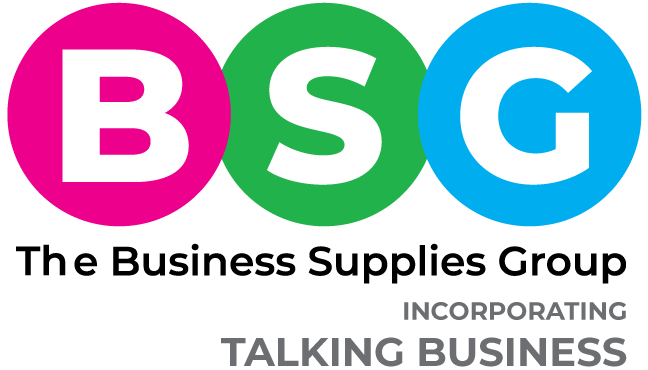It’s time to take printer security seriously
Do you know how secure your company’s printers are? Do you even know where they are and who has access and authority to use them?
The majority of organisations now take their network, server and computer security extremely seriously, but unfortunately, printers remain neglected. This must be remedied, as printers are just as susceptible to viruses, malware and hacker attacks as computers, and are increasingly being targeted by cyber criminals.
According to HP, only 2% of the world’s printers are secure.
According to HP, only a tiny 2% of the world’s printers are secure. That’s a shocking statistic, but perhaps it’s unsurprising, given that the vulnerability that printers pose has remained reasonably under the radar. After all, aren’t they just innocuous devices that sit quietly in the corner of the office and are there just to print and scan documents?
The problem is, the more sophisticated printers have become, the more vulnerable this has made them. Today’s multifunction printers are smart devices that have network connectivity, along with hard disk and memory storage. It’s the nature of the wireless connection that renders any data being sent to a printer via Wi-Fi vulnerable to interception from outside forces. And once a printer is breached by a hacker, then they can access the rest of your business network.
The rise of cyber attacks on printers
Cyber attacks are prolific and show no signs of slowing down. Global ransomware attacks are expected to cost businesses and organisations in the region of nearly £9 billion this year alone, and the number of groups using destructive malware to render computer systems inoperable increased by 25% in 2018.
The problem is, attacks are on the increase, but so is awareness of computer and network security, so attackers are looking at other routes to penetrate an organisation’s systems and data. Most companies have implemented significant network security measures to protect themselves from cyber attacks, but because they’re unaware of the security risks that printers pose, they haven’t extended these security measures to their printer networks. Printers are therefore low hanging fruit for a hacker. They offer a very easy and practical means of gaining access to your business network.
Here are 10 suggestions for safeguarding your printers from attack:
Always include printers in standard network security measures and policies.
Maintain an encrypted connection between workstations and printers.
Ensure all Wi-Fi connections are safeguarded with WPA2 encryption.
Install firewalls to block Internet access to the printer.
Routinely download software patches provided by the printer manufacturer.
Turn off a printer’s ability to store print jobs after they have printed – also known as automatic disk wiping.
Wipe the internal hard drives when the printer is retired or recycled.
Enable password protection, PIN authentication or smart card access for all print jobs. This prevents potentially private documents being left unattended on a printer as the individual has to be present at the device to input a code in order for the document to be printed.
Activate any administration features on the printer that allows the printer to record all activity. This will help you to trace a breach if one does occur.
Procure printers with high security measures, such as built-in firewalls to prevent unauthorised access.
The main cause of data breaches are malicious, criminal attacks. In fact, 48% of data breaches are malicious. But, when it comes to printer security organisations also need to worry about the 27% of data breaches that are down to human error, such as negligence on the part of employees or contractors. This is where access and authority to use a printer and employee awareness and training comes into play. Protecting your print environment needs to extend to print management procedures. These can include:
Controlling access to the printer and its functions at a group, individual and activity level.
Ensuring that only authorised persons have access to specific printers and functions.
Ensuring a printer is configured to allow access from pre-approved devices on your company network.
If you’re concerned about your printer security, then why not talk to us? As a Managed Print Specialist (MPS) we can help you identify your printer security risks and advise you on the most appropriate printer security solutions. Find out more about our Managed Print Services and get in touch today to arrange a meeting with one of our print experts.












